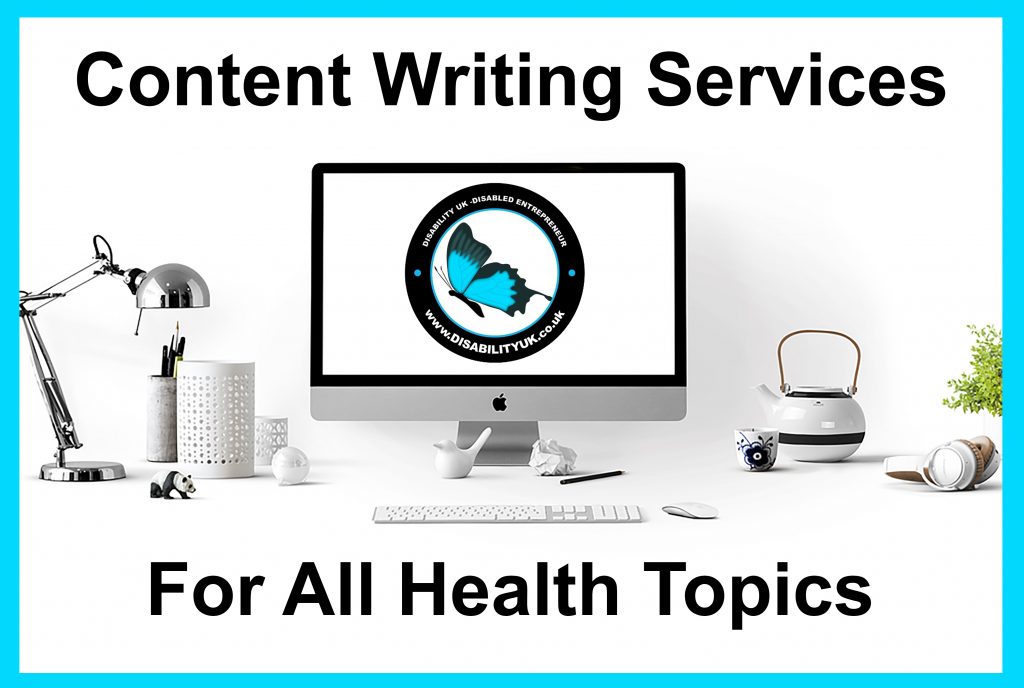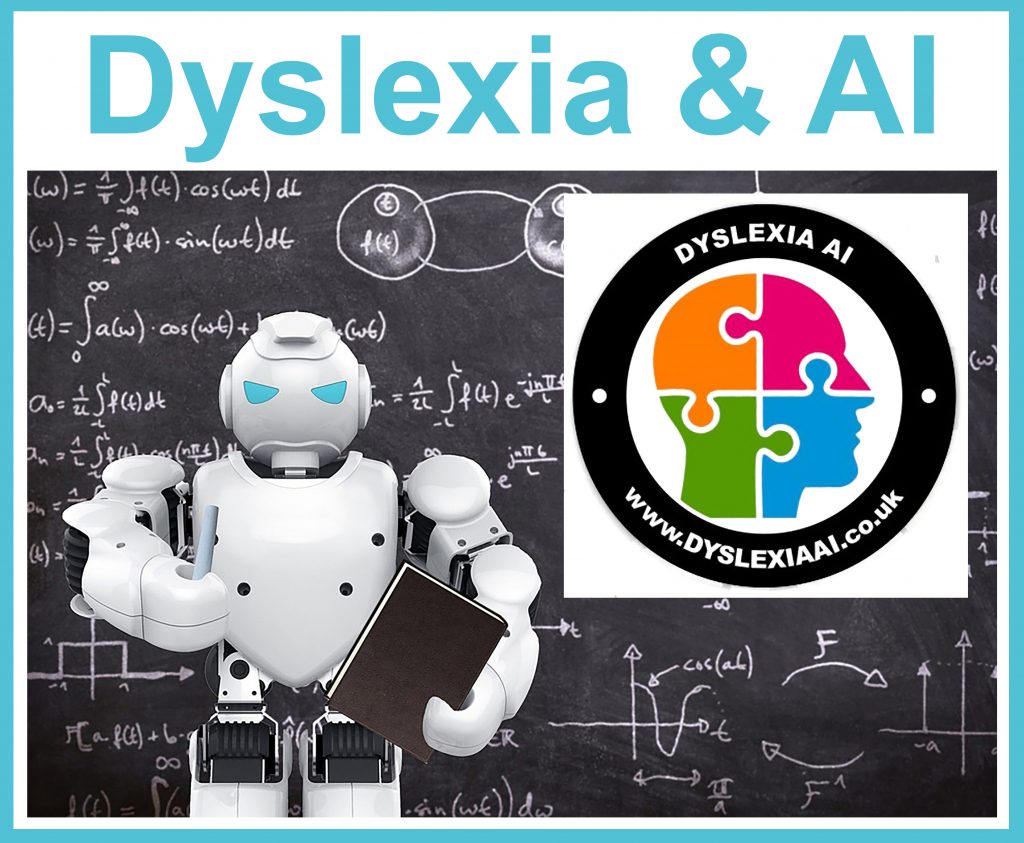
Contact Us Today!
Enhancing Text Accessibility: The Power of Formatting Optimization for Cognitive Impairment
The term “text formatting optimization” or “text customization for cognitive impairment” involves altering the presentation of text to make it more accessible and easier to comprehend for individuals with cognitive impairments such as dyslexia or attention deficit disorders.
Where information inundates us from all directions, ensuring that content is accessible to everyone is paramount. However, for individuals with cognitive impairments and other learning disabilities, consuming and understanding textual information can be particularly challenging. Fortunately, there are strategies and techniques known as text formatting optimization that can significantly enhance accessibility and comprehension for these individuals.
Understanding Text Formatting Optimization:
Text formatting optimization involves making strategic adjustments to the presentation of textual content to improve readability and comprehension for individuals with cognitive impairments. These adjustments can include alterations in font type, size, spacing, color contrast, and the use of formatting features such as bolding, italicizing, or highlighting.
Examples of Text Formatting Optimization:
- Font Selection: Choosing a dyslexia-friendly font, such as OpenDyslexic or Dyslexie, can make a significant difference for individuals with dyslexia. These fonts are designed with specific features to reduce letter confusion and improve readability.
- Font Size and Spacing: Increasing the font size and adjusting the spacing between letters and lines can make the text easier to read for individuals with visual processing difficulties or attention deficits.
- Color Contrast: Ensuring adequate contrast between text and background colors can enhance readability for individuals with visual impairments or sensitivity to bright light.
- Highlighting and Bold Text: Utilizing highlighting or bold text for important keywords, phrases, or headings can aid in focusing attention and comprehension, particularly for individuals with attention deficits.
- Structured Formatting: Organizing content into shorter paragraphs, bullet points, or numbered lists can help individuals with cognitive impairments navigate and digest information more effectively.
Who Can Benefit from Text Formatting Optimization?
- Individuals with Dyslexia: Dyslexia is a common learning disability characterized by difficulties in reading, spelling, and decoding words. Text formatting optimization can help mitigate these challenges by providing clearer and more accessible content.
- Individuals with ADHD: Attention deficit hyperactivity disorder (ADHD) often affects an individual’s ability to concentrate and maintain focus. Optimized text formatting can enhance readability and aid in sustaining attention during reading tasks.
- Individuals with Visual Impairments: People with visual impairments or sensitivity to certain color combinations can benefit from text formatting optimization that emphasizes contrast and clarity.
- Individuals with Processing Disorders: Cognitive impairments such as processing disorders may make it challenging to organize and interpret information. Text formatting optimization can provide structure and clarity to facilitate comprehension.
Conclusion:
Text formatting optimization is a powerful tool for improving accessibility and comprehension for individuals with cognitive impairments. By implementing simple yet effective formatting techniques, content creators can ensure that their material is inclusive and accessible to a wider audience. Whether it’s choosing dyslexia-friendly fonts, adjusting spacing and color contrast, or using highlighting and bold text, these strategies can make a world of difference for those who struggle with traditional textual content. Prioritizing accessibility benefits not only individuals with cognitive impairments but society as a whole, fostering inclusivity and equal access to information.
#dyslexia #learningdifficulties #learningdisabilities #tfo #textformatting #cognetiveimpairment #boldtext
ADVERTISEMENTS


Andrew Jones is a seasoned journalist renowned for his expertise in current affairs, politics, economics and health reporting. With a career spanning over two decades, he has established himself as a trusted voice in the field, providing insightful analysis and thought-provoking commentary on some of the most pressing issues of our time.













